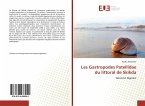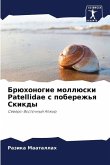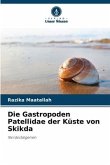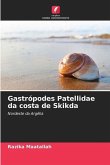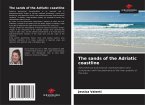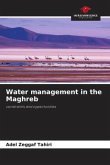Skikda's coastline boasts a number of important structures (fishing, oil industry and tourism). At the same time, urbanization is threatening biodiversity and leading to the gradual degradation of this coastal ecosystem. Moreover, this environment has not previously been studied to assess marine organisms, particularly those of intertidal rocky substrates. Our objectives were to assess the composition of the Patella genus and to study its abundance and distribution along the coastline. These patellogasteropods are excellent bioindicators of marine pollution, and are used in several international networks. Monitoring was carried out from September 2008 to August 2009, at the same time for all stations. The twelve stations are rocky sites exposed to waves, and positioned along the Gulf of Skikda from "la plage Saf Saf" to the east (36°52 57 N; 6°55 28 E) to "la plage Ravin des Lions" to the west (36°54 84 N; 6°53 13 E). Some have the particularity of cumulating several sources of discharge (urban and/or industrial) while others are supposedly remote from any anthropogenic activity.



